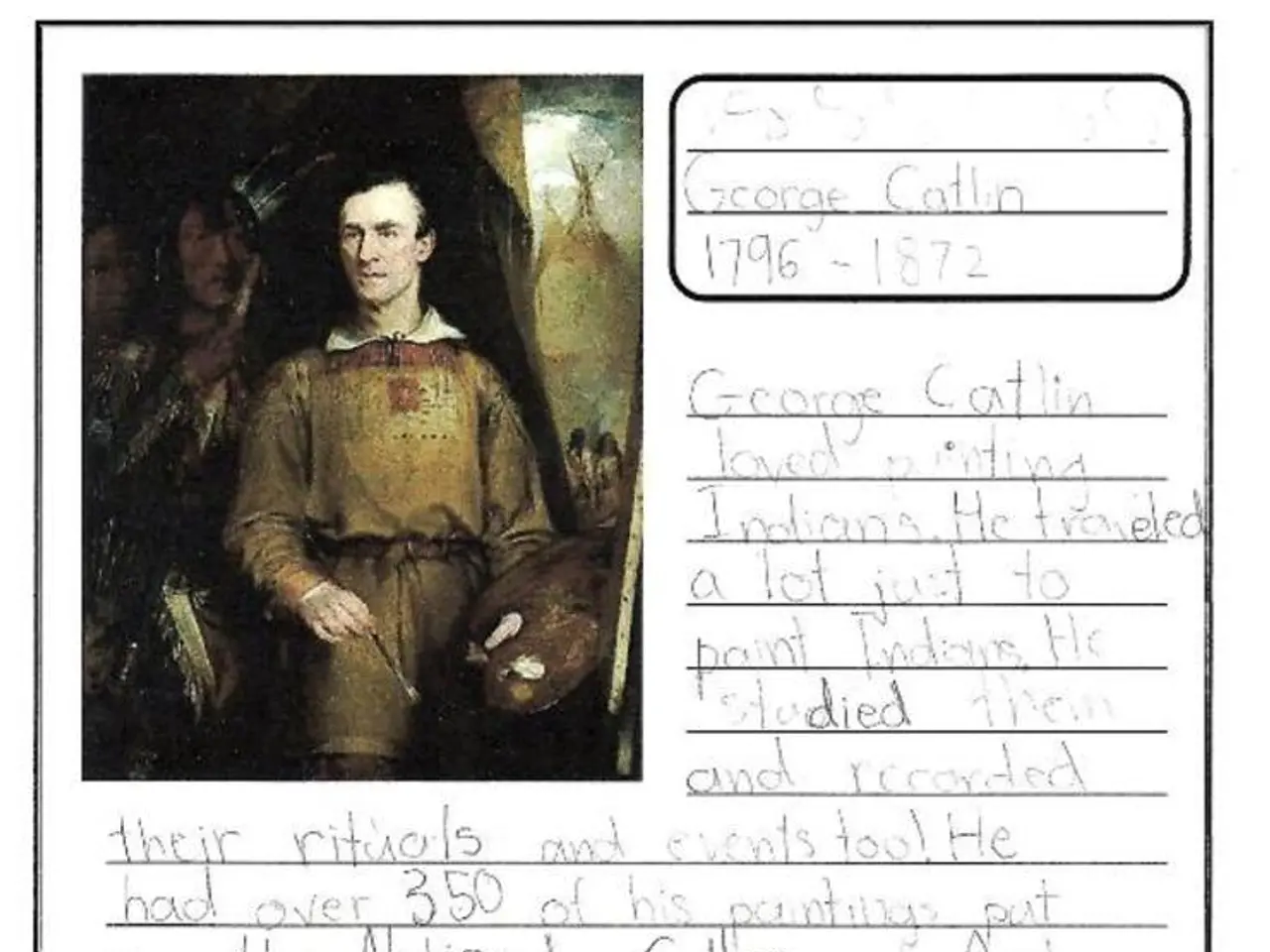Unraveling the Genetic Secrets of Yesteryears: How Archaic Genetic Data Shapes Our Tomorrow?
In the realm of groundbreaking discoveries, few can rival the impact of ancient DNA (aDNA) research, particularly the pioneering work of Svante Pääbo, this year's Nobel Prize laureate in Medicine. Pääbo's contributions have illuminated the intricate genetic interplay between modern humans and our extinct cousins, providing profound insights into human evolution, genetics, and disease susceptibility.
Pääbo's research has enabled the extraction and sequencing of DNA from ancient hominins, shedding light on how interbreeding between modern humans and Neanderthals contributed to the genetic diversity of present-day populations. These archaic genes influence a variety of physiological traits, including immune responses, susceptibility to infections, and possibly conditions like autoimmunity and metabolic regulation.
One of the most intriguing findings from aDNA studies is the impact on our immune system. Ancient DNA informs how historic pathogen exposure shaped immune gene variants in humans, potentially guiding novel vaccine designs and immunotherapies. For instance, a recent study revealed that those who suffered most with COVID-19 were more likely to harbor genetic risk variants inherited from Neanderthals.
Personalized medicine and genetic risk assessment are other areas where aDNA research is making strides. By tracing archaic genetic variants in modern genomes, researchers can better predict individual predispositions to diseases such as diabetes, neurological disorders, and inflammatory conditions, thereby influencing preventive care and treatment plans.
Ancient DNA also offers valuable insights into human migration and adaptation. Genetic adaptations to environment and diet affect health today, such as metabolic pathways influencing responses to medication or diet-related diseases. For example, those residing in Tibet have the Denisovans to thank for their tolerance to high-altitudes.
Otzi the Iceman, a 5,000-year-old mummy discovered on the Austria-Italy border, serves as a prime example of the potential insights aDNA can provide. In 2012, Otzi's whole genome sequence was published, revealing that he belonged to a previously unknown mitochondrial DNA clade. Studies into Otzi's DNA have also suggested he could have suffered from Lyme disease.
While the field of paleogenomics is growing, the use of ancient DNA in health research remains largely untapped. However, with the ongoing sequencing of Otzi and other ancient specimens, we can expect more breakthroughs in the near future, offering a deeper understanding of our past and its impact on our present and future health.
In conclusion, Svante Pääbo’s Nobel-winning work on ancient DNA sequencing has established a foundation for modern healthcare innovations by elucidating the genetic interplay between ancient and modern humans, greatly enhancing our understanding of genetic disease susceptibility and immune function. As research in this field continues to advance, the potential applications for personalized medicine, disease prevention, and public health are vast and exciting.
- The sequencing of ancient DNA provides profound insights into human evolution, genetics, and disease susceptibility, as demonstrated by Svante Pääbo's groundbreaking work.
- The extraction and sequencing of DNA from ancient hominins shed light on how interbreeding between modern humans and Neanderthals contributed to the genetic diversity of present-day populations.
- Archaic genes, discovered through aDNA studies, influence a variety of physiological traits, including immune responses, susceptibility to infections, and possibly conditions like autoimmunity and metabolic regulation.
- The impact on our immune system from ancient DNA reveals how historic pathogen exposure shaped immune gene variants in humans, potentially guiding novel vaccine designs and immunotherapies.
- Personalized medicine and genetic risk assessment are areas where aDNA research is making strides, better predicting individual predispositions to diseases such as diabetes, neurological disorders, and inflammatory conditions.
- Genetic adaptations to environment and diet affect health today, such as metabolic pathways influencing responses to medication or diet-related diseases, as seen in those residing in Tibet who have Denisovans to thank for their tolerance to high-altitudes.
- Otzi the Iceman, a 5,000-year-old mummy, serves as a prime example of the potential insights aDNA can provide, revealing that he belonged to a previously unknown mitochondrial DNA clade and suggesting he could have suffered from Lyme disease.
- The field of paleogenomics is growing, and the use of ancient DNA in health research remains largely untapped but has the potential for many exciting breakthroughs in the near future.
- Svante Pääbo’s Nobel-winning work on ancient DNA sequencing lays the foundation for modern healthcare innovations, greatly enhancing our understanding of genetic disease susceptibility and immune function.
- As research in this field advances, the potential applications for personalized medicine, disease prevention, and public health are vast and exciting, bridging various disciplines including genomics, science, medical-conditions, health-and-wellness, and environmental science.
- The commercial sector also stands to benefit from advancements in ancient DNA research, with opportunities in investment (investing) and business (business) in personalized genetic services, technologies (technology), and education-and-self-development.
- In the realm of societal applications, ancient DNA research can influence areas as diverse as lifestyle (lifestyle) and recreation, such as improving our understanding of human migration patterns and exposing potential genetic links to sports injuries or genetic predispositions to casino-and-gambling addiction, while also shedding light on weather patterns through environmental science.




